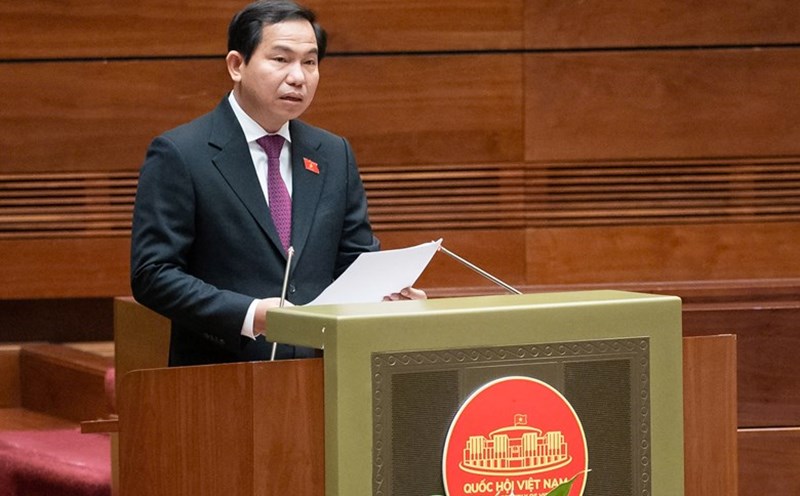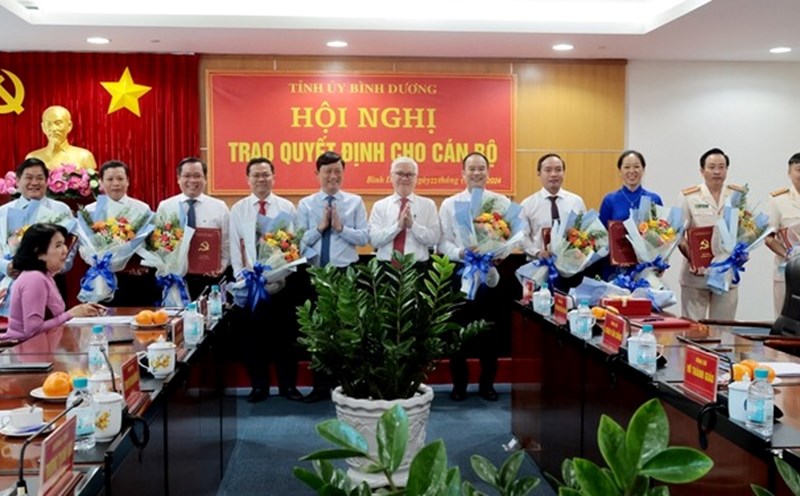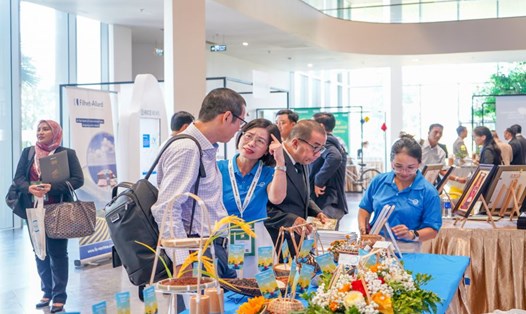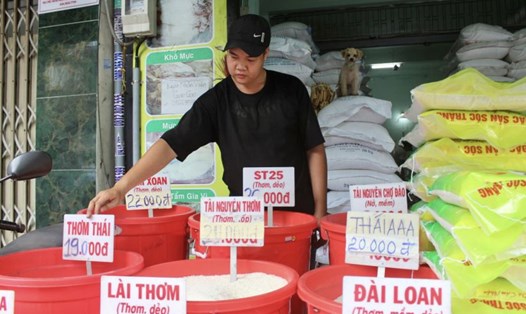Sharing at the workshop "Promoting credit for key agricultural products, bringing rapid and sustainable development to the Mekong Delta (MD)" held recently, Mr. Pham Thai Binh - General Director of Trung An High-Tech Agriculture Joint Stock Company (Can Tho City) - said that accessing enough short-term and long-term loan sources will bring efficiency to businesses when implementing the Project "Sustainable development of 1 million hectares of high-quality, low-emission rice cultivation associated with green growth in the MD by 2030".
At that time, the enterprise will have capital to pay for fresh rice to farmers at harvest time; build and install rice dryers, rice silos, synchronous mechanization items to provide agricultural services to the linked area, milling, processing, deep processing, packaging products in the rice and paddy chain.
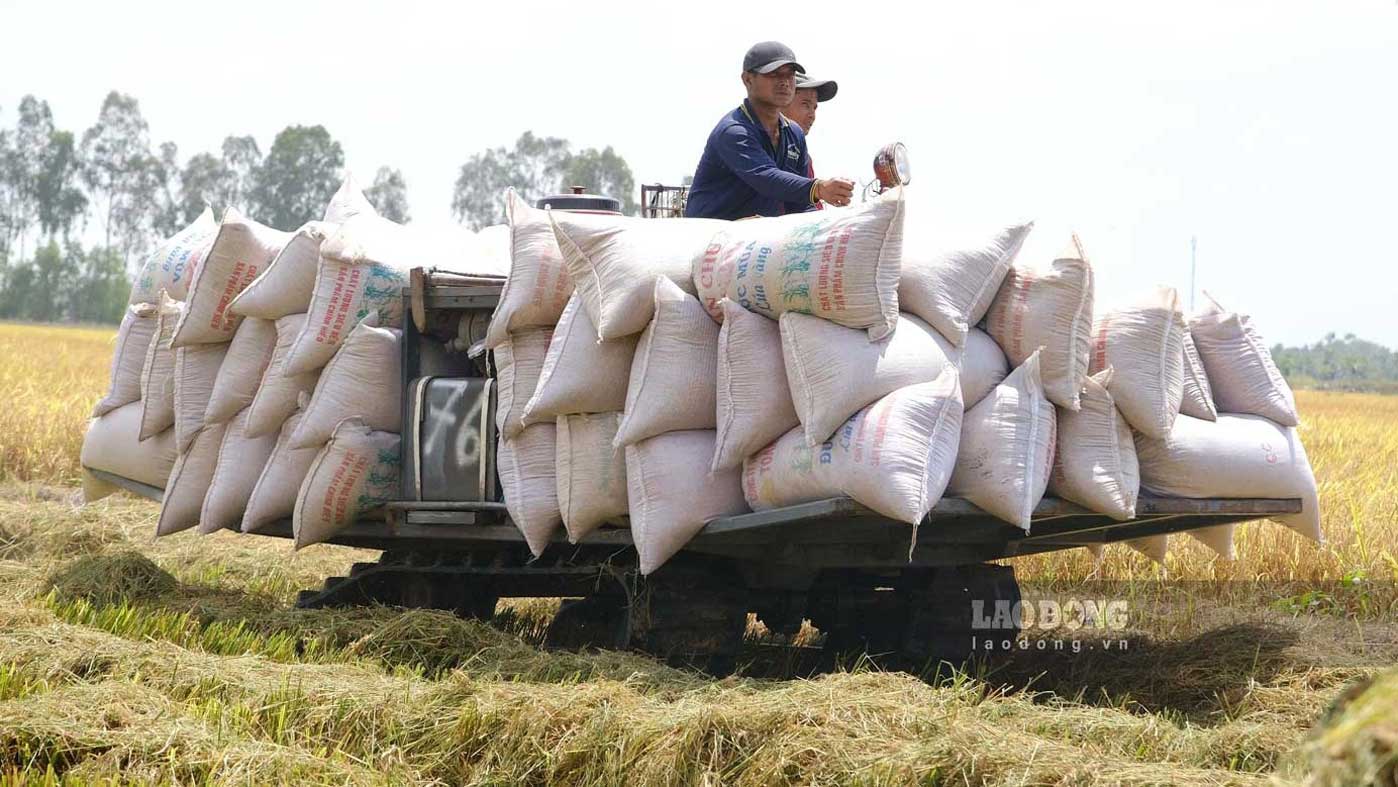
In recent times, the banking sector has implemented many solutions and policies to accompany and support socio-economic development in the Mekong Delta region. Outstanding loans in the rural agricultural sector of the region reached about 643 trillion VND, an increase of 7% compared to 2023, accounting for 54% of total outstanding loans in the area. Outstanding loans in the rice sector in the region reached about 124 trillion VND, an increase of 18% compared to 2023, accounting for 11% of outstanding loans in the whole region and 53% of outstanding rice credit loans nationwide.
However, access to capital for agricultural, forestry and fishery enterprises in the Mekong Delta, including key industries such as rice, seafood and vegetables, remains difficult.
Regarding this issue, Dr. Can Van Luc - Chief Economist of BIDV - pointed out a number of limitations and shortcomings. The policy of applying high technology has not been concretized in practice, so it has not attracted the necessary resources in developing high-tech agriculture; the connection between the four parties is still not tight and sustainable, the commitments to consume output products have not been seriously implemented, affecting the ability to consume goods, creating difficulties for banks in recovering loans.
With the mindset that rural agricultural credit is high risk but customers want low interest rates along with the lack of risk prevention tools, the efficiency of investment credit is low. Agricultural insurance has policies and guidelines but the actual implementation is slow, there is no summary for official replication. Implementing the commitment to lend rural agricultural credit is not easy due to profit pressure, thin branch network, appraisal level. Borrowers lack collateral or have problems with collateral...
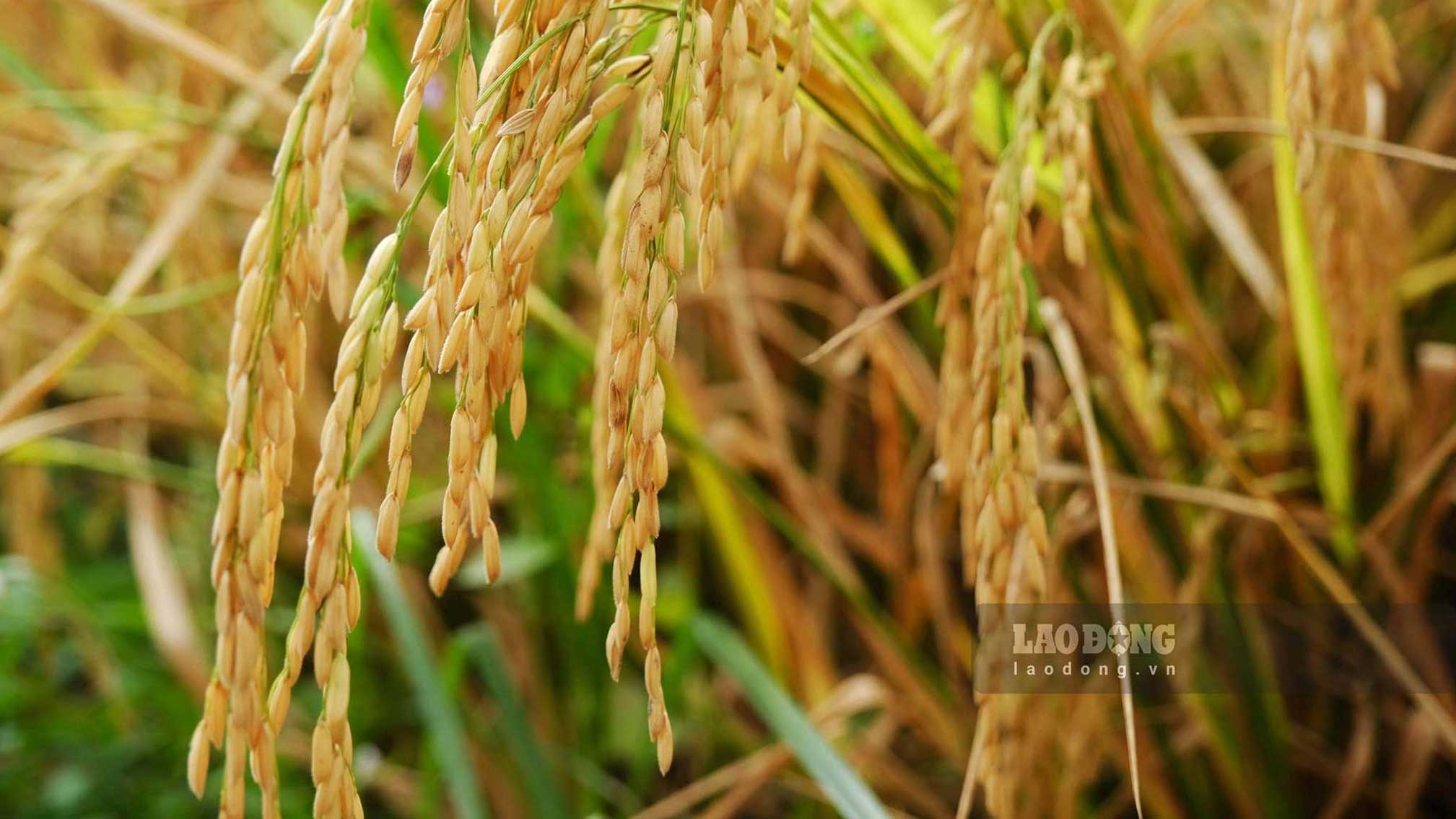
To overcome these difficulties, Dr. Can Van Luc suggested that the Government, ministries, sectors and localities need to improve the information system for forecasting the market and agricultural product prices to help farmers and businesses have a stable production and consumption orientation; have a marketing strategy and expand the agricultural product export market; encourage the development of linkages and supply chain financing.
On the other hand, more effectively implement risk insurance policies in agriculture; Focus on developing rural agricultural infrastructure; More effectively, quickly and simply implement priority motivational policies for rural agricultural development.
Dr. Can Van Luc also recommended that the State Bank support preferential loans with appropriate interest rates to encourage producers and enterprises to invest in agriculture, and encourage credit institutions to lend to rural agriculture; Restructure the network and distribution channels to be more suitable for rural agriculture; Develop/renovate credit policies and procedures for each customer segment...




